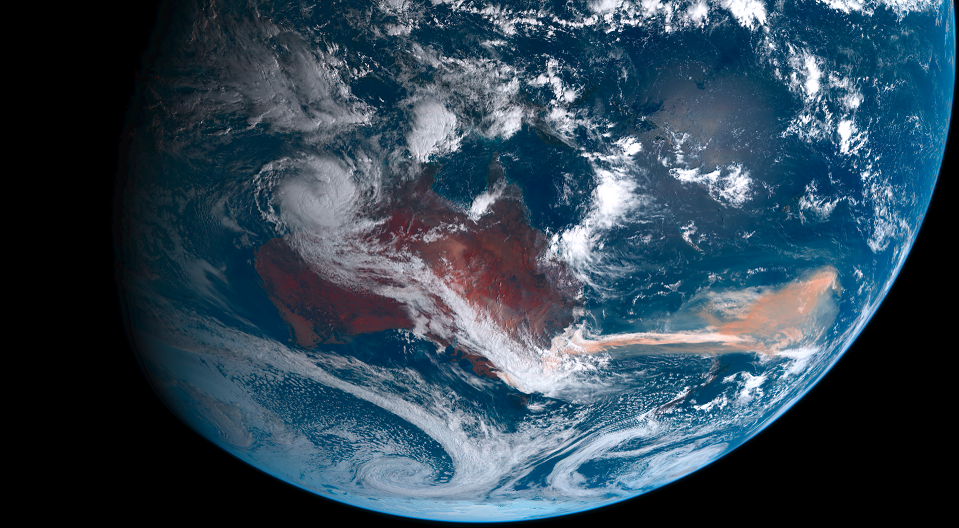
In case you missed it, here's what we’ve been up to in September and the successes we're celebrating...
We know the utter devastation Australian bushfires wreaked in the summer of 2019-2020. Now research has revealed that the 715 million tonnes of carbon dioxide and the smoke they generated had a far-reaching effect on our oceans.
It travelled across the ocean to South America and beyond, producing a phytoplankton bloom larger in area than all of Australia, thousands of kilometres away in the Southern Ocean between New Zealand and South America. And it turned New Zealand glaciers brown.
The international research team, including IMAS and ARC Centre of Excellence for Climate Extremes researchers, say the bloom was unlike anything measured before in this area. It happened swiftly and lingered for about 4 months. Read the Conversation article
Image: Himawari-8 satellite image showing the January 2020 aerosol plume stretching over the South Pacific. Photo: Japan Meteorological Service (Creative Commons 4.0)
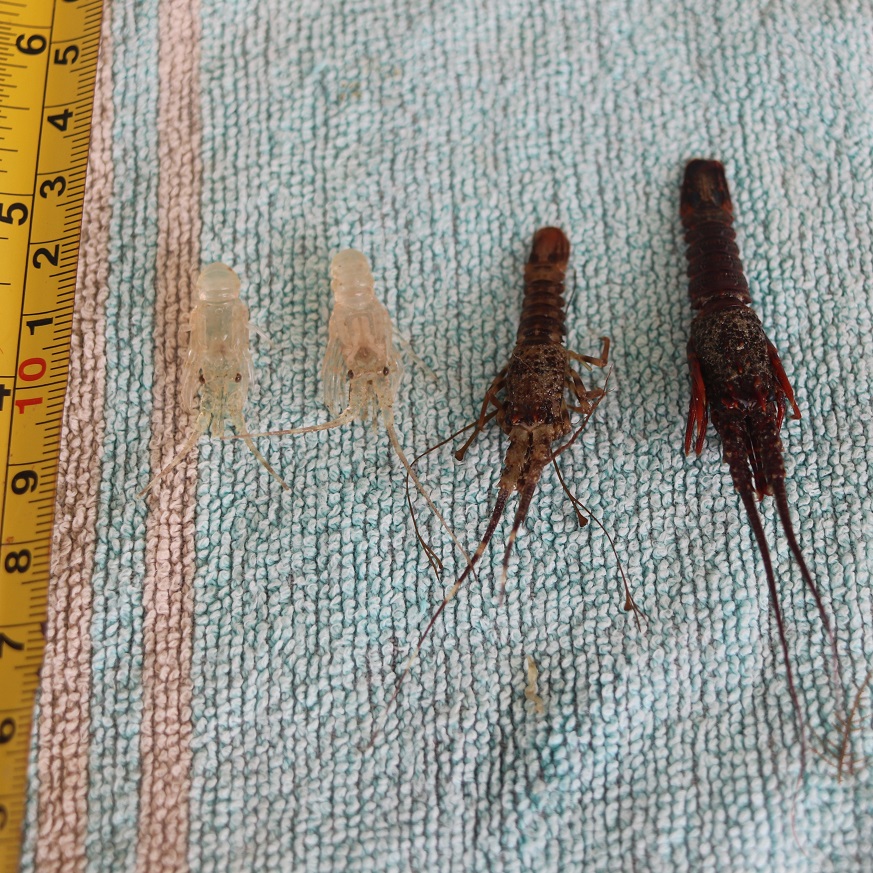 SCIENTISTS FIND SEISMIC SURVEYS IMPACT REFLEXES AND MOULTING IN YOUNG ROCK LOBSTERS
SCIENTISTS FIND SEISMIC SURVEYS IMPACT REFLEXES AND MOULTING IN YOUNG ROCK LOBSTERSNew research into how marine seismic surveys impact lobster larvae and juveniles has confirmed the sensitivity of marine invertebrates to aquatic noise and revealed the range threshold of exposure. It has also paved the way for more practical seismic exposure studies in the future.
The IMAS study looked at the impact of commercial, full scale seismic surveys used in petroleum exploration on the young stages of Southern Rock Lobster. It follows up on previous research into the effects of air gun signals on adult Southern Rock Lobster Jasus edwardsii.
“We found that exposure to the seismic survey impaired the ability of the lobsters to quickly right themselves, or to flip over when placed on their back,” Dr Ryan Day said.
“This was similar to what we’d observed in adult lobsters, which also had significant damage to the sensory organ responsible for detecting gravity and motion.”
Juvenile lobsters exposed at a very close range were also found to experience the same long-lasting damage seen in adult lobsters, but showed recovery after moulting when exposed at a more moderate distance of 500 metres.
The study has verified the previous experimental approach, which is logistically and financially easier to conduct than a full-scale seismic survey, and will make field-based studies more accessible for future research. Read more
Image: Scientists collected puerulus and juveniles and exposed them to the air gun signals of a full-scale array, then assessed their righting reflex and their post-exposure development. (Photo: Ryan Day)
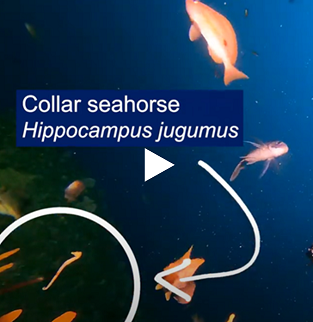 An extremely rare seahorse was recently filmed for the first time in the wild, just outside the Tasman Fracture Marine Park at a depth of about 100m – and our scientists and Parks Australia were understandably ecstatic!
An extremely rare seahorse was recently filmed for the first time in the wild, just outside the Tasman Fracture Marine Park at a depth of about 100m – and our scientists and Parks Australia were understandably ecstatic!
Captured by IMAS researchers on baited remote underwater video (BRUV), the collar seahorse Hippocampus jugumus is a cryptic creature only known from a few specimens washed up in New Zealand and on Lord Howe Island.
Did someone say Father’s Day? The male collar seahorse certainly pulls its parenting weight.
The female seahorse transfers her fertilised eggs to the male, who gestates them in his specialised brood pouch for 2-4 weeks before giving birth to live young. It’s a remarkable biological phenomenon only known to happen in seahorses and sea dragons.
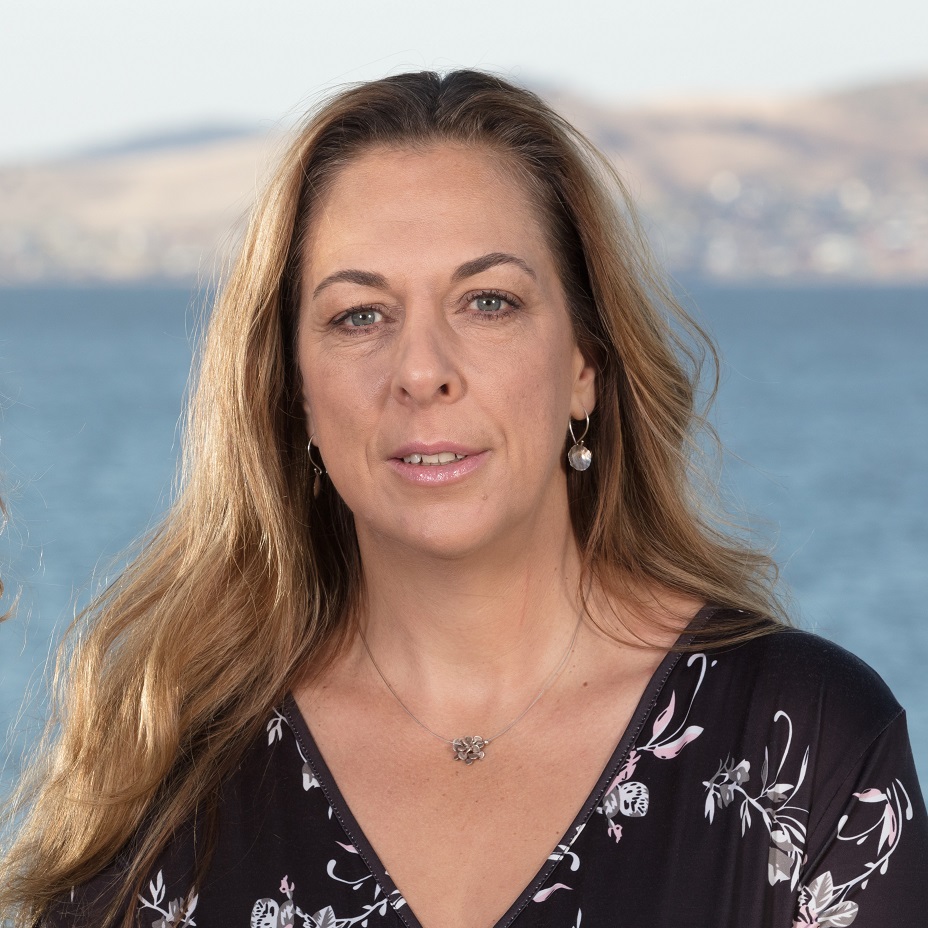 IMAS researcher, Professor Gretta Pecl was awarded the Australian Society for Fish Biology’s highest honour this month – the prestigious 2021 K Radway Allen Award.
IMAS researcher, Professor Gretta Pecl was awarded the Australian Society for Fish Biology’s highest honour this month – the prestigious 2021 K Radway Allen Award.
The award recognises Prof Pecl’s fantastic contribution to the field of marine science across her broad interdisciplinary research interests, from natural resource management, population dynamics, fisheries biology and movement of commercial species, to climate change responses by species and ecosystems, and the Redmap citizen science project.
Prof Pecl has been a guiding light for many young scientists and is always quick to recognise the people she works with.
“Science is a team sport and I am so lucky to work with so many fantastic people. These days especially, any award a scientist receives is also a reflection of the people they are privileged to work with,” she said.
Prof Pecl has more than 150 published reports to her name in the marine and fisheries research space, and is also the Director of the Centre for Marine Socioecology.
“When I started off as a marine biologist, I just wanted to go fishing and diving and to study the many funky things about species and ecosystems,” she said.
“But now I really want to do what I can to understand how these important systems and places are being altered by climate change, and to help people understand exactly what climate change means for our natural world, and for us.”
 Are you curious about the science behind salmon farming in Tasmania? IMAS researchers are always trying to better understand the relationship between salmon aquaculture, the marine environment and communities.
Are you curious about the science behind salmon farming in Tasmania? IMAS researchers are always trying to better understand the relationship between salmon aquaculture, the marine environment and communities.
Their research is informing the management and long-term sustainability of industry, and we want to share that science with all Tasmanians.
So our salmon interactions team has created a website dedicated to the interactions between marine environments, as well as local communities. This includes our easy-reading Research Insights where you can find information about where the salmon poo goes, impacts to our inshore reefs, nutrient release, algal blooms and more. Read more
Image: IMAS is currently undertaking research on the potential interactions between salmon farms and seagrass beds and rocky reefs. Here, an IMAS diver uses the Rapid Visual Assessment (RVA) method to document reef parameters.
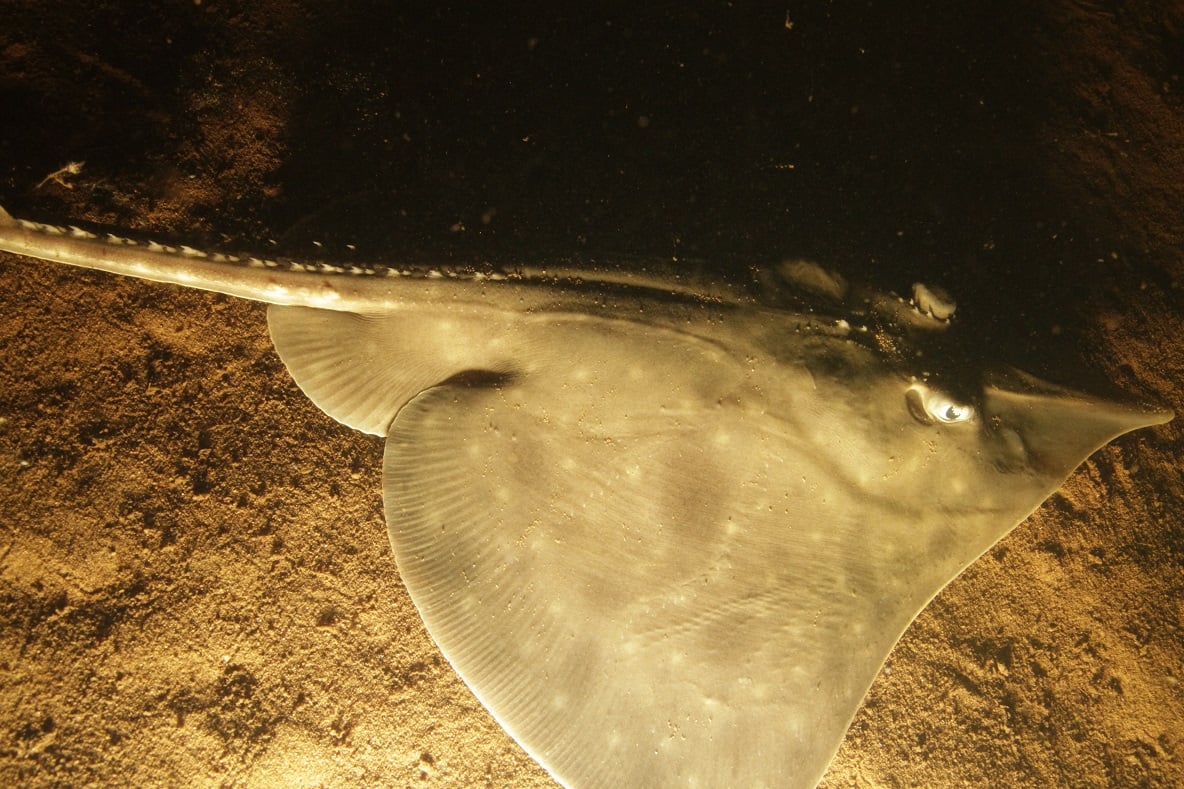 Our research continues on the rare and endangered Maugean skate in Macquarie Harbour on Tasmania's West Coast.
Our research continues on the rare and endangered Maugean skate in Macquarie Harbour on Tasmania's West Coast.
Last year, we found that the declining environmental state of the harbour, coupled with the effects of human impacts, may be challenging the skate's ability to cope with a changing habitat.
We’re now testing some original and minimally-invasive technologies, so our scientists can determine their population status with as little impact on them as possible. This includes sonar and pulsed lasers to scan the sea floor environment and search for the skate, plus using ultrasound and molecular techniques to assess the condition of individuals.
The characteristics of the harbour and the elusive nature of the skate make this an important but challenging task. We’ll be releasing our latest findings in the coming months. Meanwhile, catch up on our most recent skate research here
Image: Maugean skate in Macquarie Harbour, Tasmania (Photo: Neville Barrett)
A photography exhibition has showcased how particular marine environments have wellbeing benefits for communities on Tasmania’s North West Coast.
The Marine and Coastal Wellbeing exhibition, launched in Smithton this month as part of the Circular Head Arts Festival, was based on an IMAS study currently being conducted on marine industries in the North West.
The study arose from concerns about how marine industries might affect communities and their value for the ocean environment. The exhibition illustrated part of the study’s findings relating to the marine environments the community believes are important to collective wellbeing. Read more
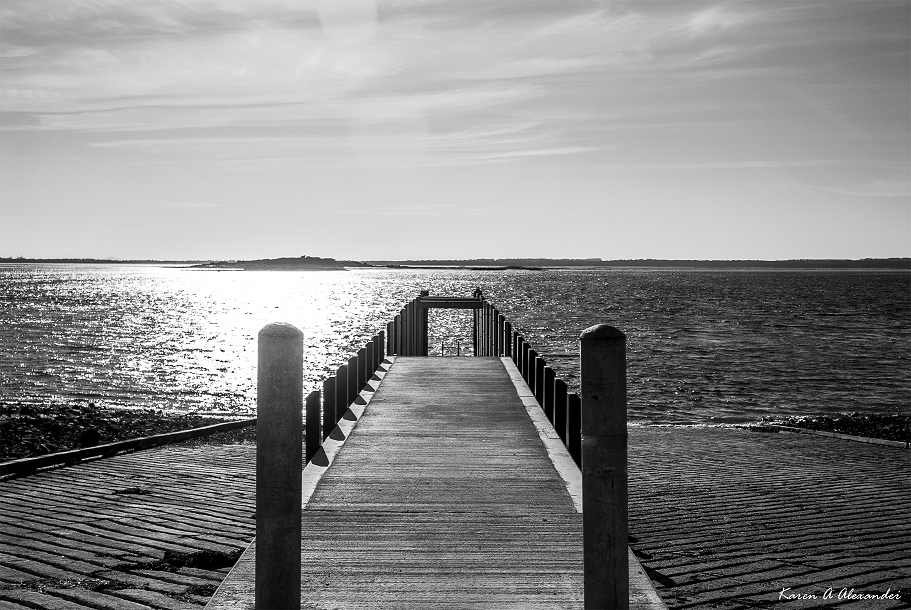
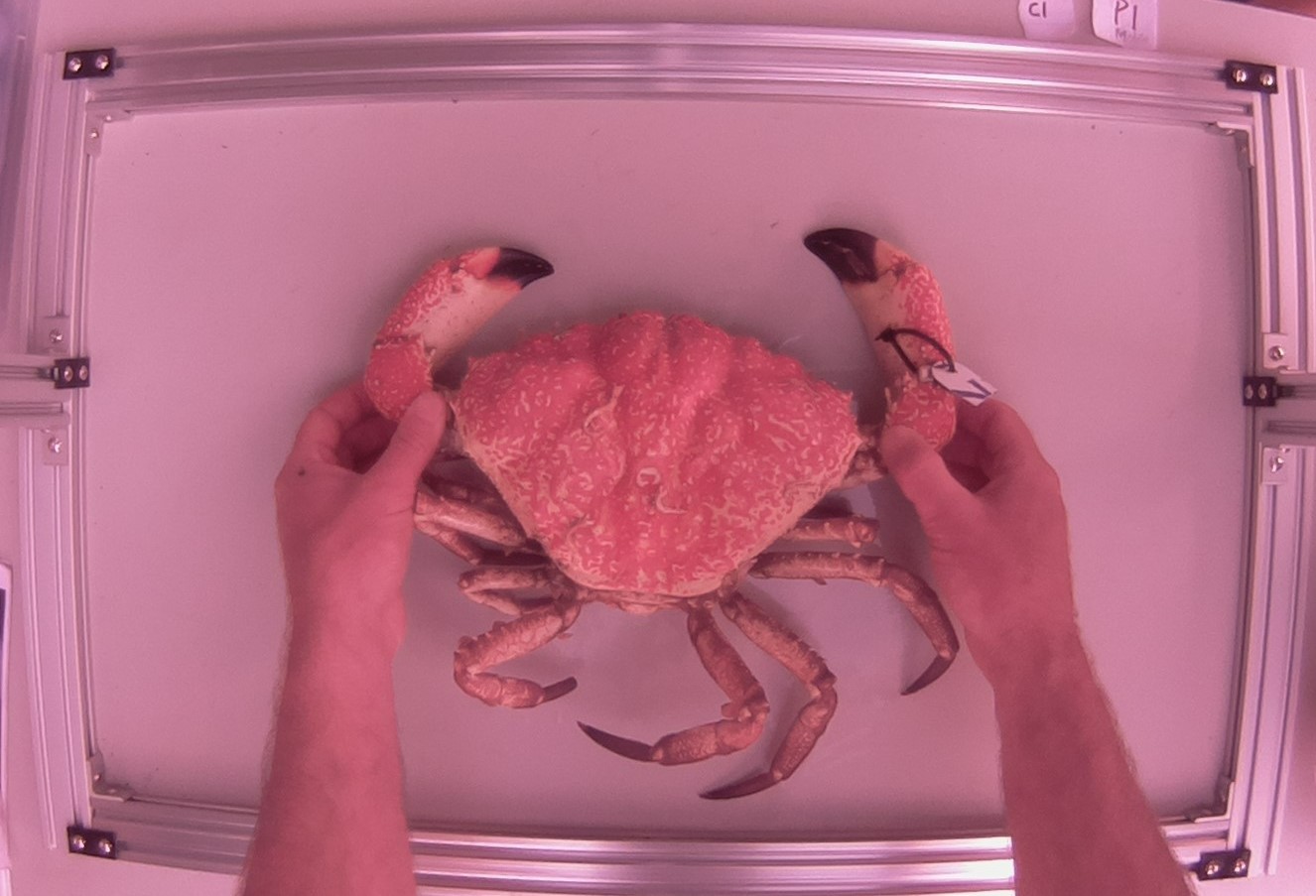 Are the speckled colour patterns on giant crab shells just there for good looks – or could they be a unique fingerprint to help assess and manage giant crab stocks?
Are the speckled colour patterns on giant crab shells just there for good looks – or could they be a unique fingerprint to help assess and manage giant crab stocks?
Giant crab fisheries in Tasmania, South Australia and Victoria are facing difficulties in collecting detailed catch data – so fisheries scientists from IMAS, the South Australian Research and Development Institute and the Victorian Fisheries Authority are working with giant crab fishers to capture and analyse images of crabs to determine their shell colour patterns, size and sex.
The aim of the project, which is also supported by the FRDC, is to track this growth data for use in improved stock assessments. This will contribute to enhanced fishery management decisions. Read more
Image: Researchers use cameras and sensors to capture images of a giant crab, which will help estimate size, classify them by sex, and identify individuals. (Photo: Weijun An)
Did you know our research vessels are on the water for around half the working year? Our fleet of six boats are kept very busy, with each spending between 60 and 120 days at sea every year.
They help our team of marine researchers find solutions to a variety of challenges facing Tasmania’s waters and the species within them. We’re very proud of this achievement, which allows IMAS to deliver world-class marine research.
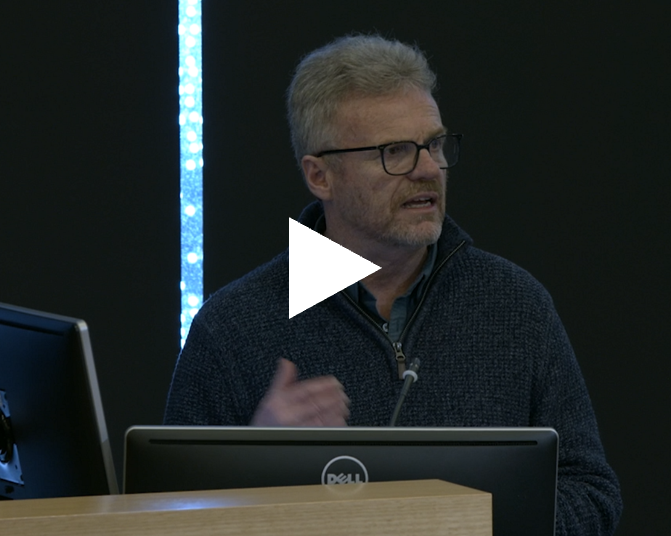 ACTING NOW TO MAKE A DIFFERENCE
ACTING NOW TO MAKE A DIFFERENCEIMAS and University of Tasmania staff and students gathered this month to consider the latest IPCC Report and our response - and our IMAS | ARC Centre of Excellence for Climate Extremes researchers Professor Neil Holbrook and Dr Amelie Meyer were there to explain the climate science.
We face a climate emergency, but the science shows we can make a difference – if we act now. Watch the full webinar.
Don’t miss a thing – follow us on Facebook, Twitter and Instagram.
Published 1 October 2021